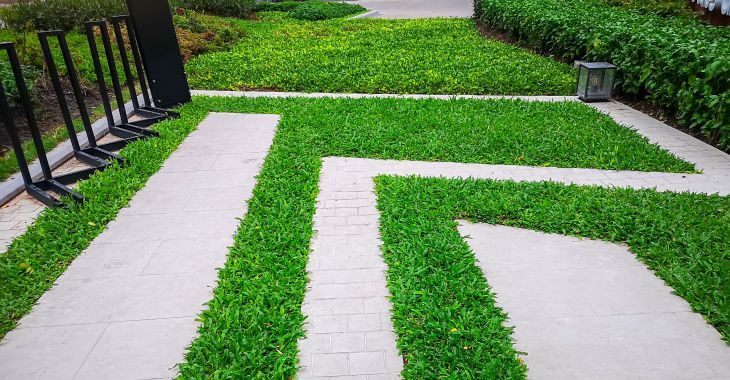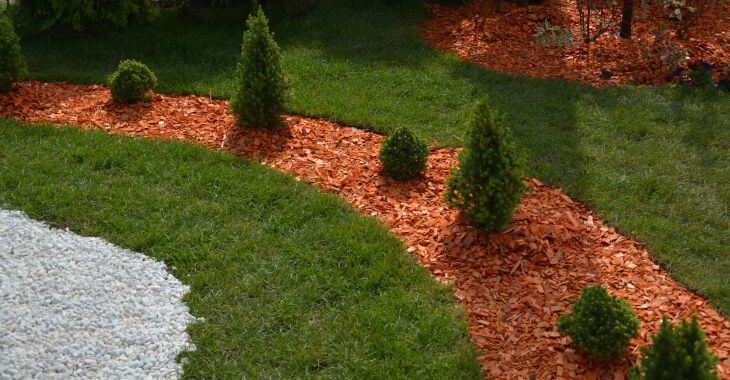What Are the Best Drought-Tolerant Grass Seed Options?

If you live in a dry area or want a water-smart lawn, choosing the right grass seed is critical. Several excellent options for drought-resistant grass seed can give you a beautiful, strong lawn without heavy watering.
Drought-resistant grass seed varieties are designed to survive on less water. These grasses grow deep roots that tap into moisture well below the surface, keeping your lawn green longer.
Low water grass isn’t just about saving money on your water bill. It’s about conserving resources, spending less time on lawn care, and helping your yard thrive even during drought restrictions.
Best Drought-Tolerant Grass Seed Options
Here are some of the best low-water grass types for a hardy, attractive lawn that doesn’t rely heavily on constant irrigation.
- Bermuda grass: Perfect for warm climates. It loves the sun, recovers quickly from drought, and creates a thick, durable lawn that looks great with minimal care.
- Buffalo grass: Native to North America’s Great Plains, this grass requires little mowing or watering. Once established, it withstands extreme heat and dry spells.
- Zoysia grass: Known for its dense, carpet-like texture, Zoysia resists drought impressively and stays green longer, even with minimal watering.
- Tall fescue: Ideal for cooler climates, tall fescue develops deep root systems that give it remarkable drought tolerance and resistance to heat stress.
- Fine fescue: Including types like creeping red and chewings fescue, fine fescue thrives in shade and needs very little water to maintain a healthy, green lawn.
- Bahia grass: Best for hot, sandy areas with inconsistent rain. Bahia is hardy, low-maintenance, and ideal if you’re looking for a rugged lawn option.
- Drought-resistant Kentucky bluegrass: Newer varieties offer water savings up to 30% compared to traditional bluegrass while maintaining that classic, lush look.
When choosing the right seed, always consider your soil type, sun exposure, local climate, and how much time you want to spend on maintenance. Consulting with a local landscaper can help you determine the best grass seed to achieve a low-water lawn on your property.
Soil Preparation Tips
Good soil preparation is the foundation of a strong drought-tolerant lawn. Loosen compacted soil, remove debris, and mix in compost or organic material to improve water retention. What you do before you plant can be the difference between a full, lush lawn and a sparse, thin lawn.
Plant your grass during its peak growing season for the best results. Warm-season grasses do best when planted in late spring or early summer. Cool-season grasses prefer early fall. Pick the best time to plant the drought-tolerant grass seed you choose.
After seeding, keep the soil moist until your new grass is established. As it matures, start watering less often but more deeply to encourage stronger, deeper roots. This will create the ideal low-water lawn that is also healthier and reduces weeds, pests, and other issues that impact maintenance.
Drought-Resistant Lawn Maintenance
Once your lawn is established, proper watering is crucial. One deep soaking per week (including rainfall) is usually enough for most low-water grass varieties. Other maintenance tips include:
- When mowing, keep the blades high. Taller grass shades the soil and reduces evaporation, helping your lawn hold onto moisture longer between waterings.
- Overseeding with drought-resistant grass seed is a smart move if your lawn starts looking thin. It strengthens your turf and increases its ability to survive long dry spells.
- Healthy, thick grass naturally crowds out weeds. Minimize the use of chemical herbicides, which can weaken drought-stressed lawns even more during hot, dry seasons.
- Use slow-release fertilizers sparingly and choose times when rainfall is expected. Too much fertilizer in dry conditions can cause more harm than good.
During extreme drought, it is normal for grass to go dormant and turn brown. Don’t panic — most drought-resistant grass seed varieties recover once watering resumes.
You can also improve moisture retention by mulching garden edges and exposed soil patches. This simple step protects both your lawn and your surrounding landscape during the hottest months of summer.
Considerations for Choosing the Right Drought-Resistant Grass Seed
Sustainability matters. Choose organic products when possible and minimize chemical treatments. Native low-water grass blends are an excellent, eco-friendly choice that are made to thrive in your geographical region.
Do not skimp when buying grass seed. Investing in high-quality seed pays off. Cheaper mixes often include fillers and non-drought-resistant grasses that won’t perform as well under dry conditions.

A drought-tolerant lawn is a smart investment. It saves you water, time, and maintenance costs — and it stands up better to today’s increasingly dry conditions. Smart planting, patient care, and choosing the right grass type will give you a low-water lawn you can be proud of for years to come.
The journey to a drought-ready lawn starts with selecting the best drought-tolerant grass seed. With a little planning and good maintenance, you’ll build a stronger, greener, and more sustainable yard.

